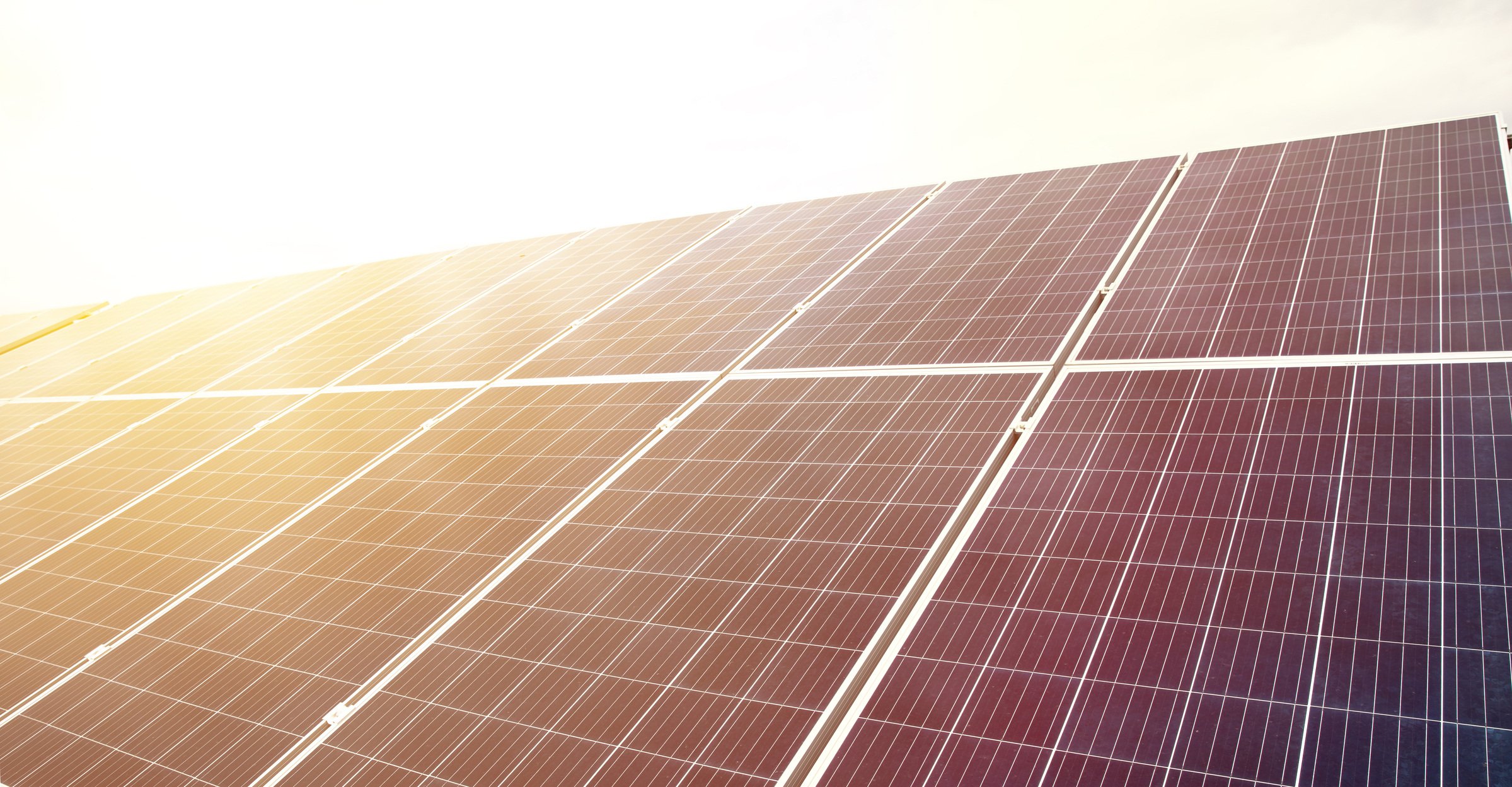Strategies for Maximizing Solar Panel Efficiency in Extreme Heat

Weather affects everything, including solar panels. It’s one of the most significant factors affecting solar panel efficiency and output.
Heavy rainfall, hurricanes, and severe storms can physically damage panels and mounting systems, causing panels to short out. Snow and ice accumulation can block sunlight from reaching photovoltaic cells, preventing panels from generating electricity. Strong winds can cause panels to vibrate or break free from their mounts. And hail can crack or break panels.
Then there’s extreme heat.
While solar panels perform reliably in hot and sunny conditions and provide several benefits for businesses, extreme heat can accelerate panel degradation. It causes panels to expand and warp, significantly reducing panel efficiency and energy output by as much as 25% when temperatures exceed 90 degrees Fahrenheit.
Getting the Most From the Sun
Maximizing your solar panel efficiency in extreme heat to get the most ROI from your system doesn’t have to be rocket science. There are four strategies you can leverage to mitigate the effects of extreme heat on your system and keep your panels performing at their peak no matter how high the temperature soars.
Let’s look at those.
Choose Your Panels Wisely
Panels matter. Start by selecting high-quality solar panels with a favorable temperature coefficient. Panels that can handle higher temperatures provide the best efficiency in extreme heat. To protect panels from the effects of too much sunlight, choose panels made from advanced semiconductors.
Talk with your solar provider about panel options. There are various types available, including monocrystalline, polycrystalline, and thin-film panels. Each panel type responds to extreme temperatures differently. Your provider can determine which panels will provide the most efficiency for your local conditions.
When choosing a solar provider, it’s best to go local. A local provider will be more knowledgeable of the unique climate conditions in your area and how they could affect the design, installation, and servicing of your system.
Solar System Design
The goal of your system is efficiency and should be designed to generate maximum efficiency and minimize degradation. Factoring in extreme heat is vital. Beyond helping you with panel selection, your solar provider can help you get the most out of your system by:
- Optimizing Panel Placement: The placement and angle of solar panels are crucial to ensuring maximum efficiency in extreme heat. To ensure your panels receive even sunlight without overheating, calculate the ideal tilt angle of your location. There should be no obstructions that could block sunlight from reaching your panels, and mounting/framing materials should be aluminum or stainless steel to withstand heat.
- Using High-Quality Inverters: High-quality inverters are more efficient and can handle heat better, ensuring the conversion process does not waste energy. They should have good thermal management features, such as cooling fans or heat sinks, to maintain efficiency even in high temperatures.
- Installing Cooling Systems: Installing Cooling Systems: In hot conditions, active cooling systems can significantly enhance the efficiency and energy output of solar panels while also preventing them from overheating. Using water-cooling, where a thin film of water flows over the surface of the panels, will help to dissipate heat. Installing air-cooling systems to blow cool air over the panels is also an effective cooling method.
Regular Maintenance and Cleaning
Dust and dirt accumulation on solar panels can reduce efficiency by blocking sunlight, especially in hot, dry climates where particles are more prevalent. They can also raise the temperature of your panels, which further reduces efficiency in high temperatures and heat waves.
Regular cleaning is essential to maintain optimal performance. Use water and a soft cloth or a long-handled wiper to clean the panels of debris. Avoid harsh chemicals that can damage the surface and check for any signs of wear and tear, such as cracks or discoloration, as these can also impact efficiency.
Monitor System Performance
Frequently monitoring your solar system can help you identify and address inefficiencies right away. Monitoring software can help you track the performance of each panel and the overall system. The data collected can identify a panel underperforming from heat stress or other factors. By staying on top of performance, you can take corrective action before efficiency drops significantly.
Still deciding if solar is right for you? Download our eguide Solar for Commercial Properties to find out more.